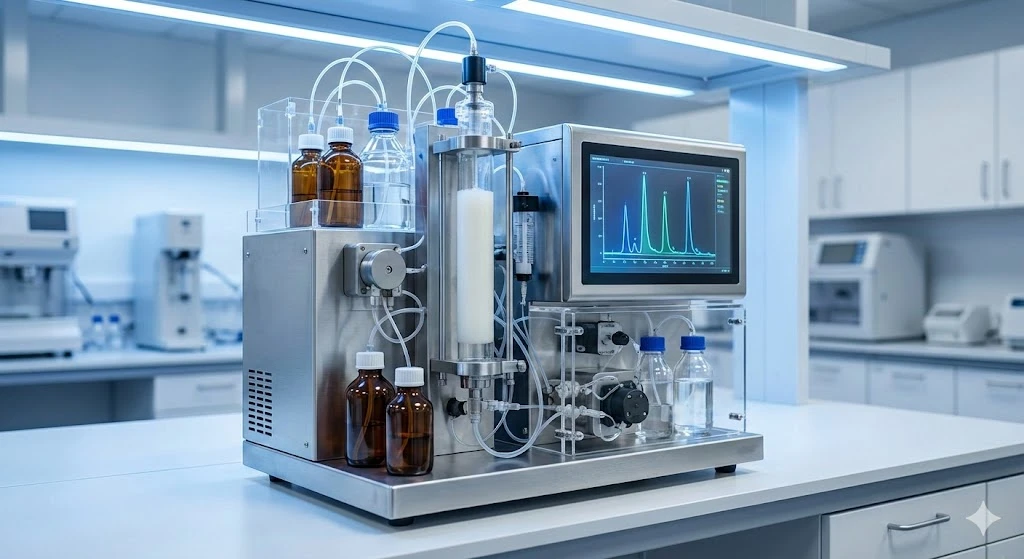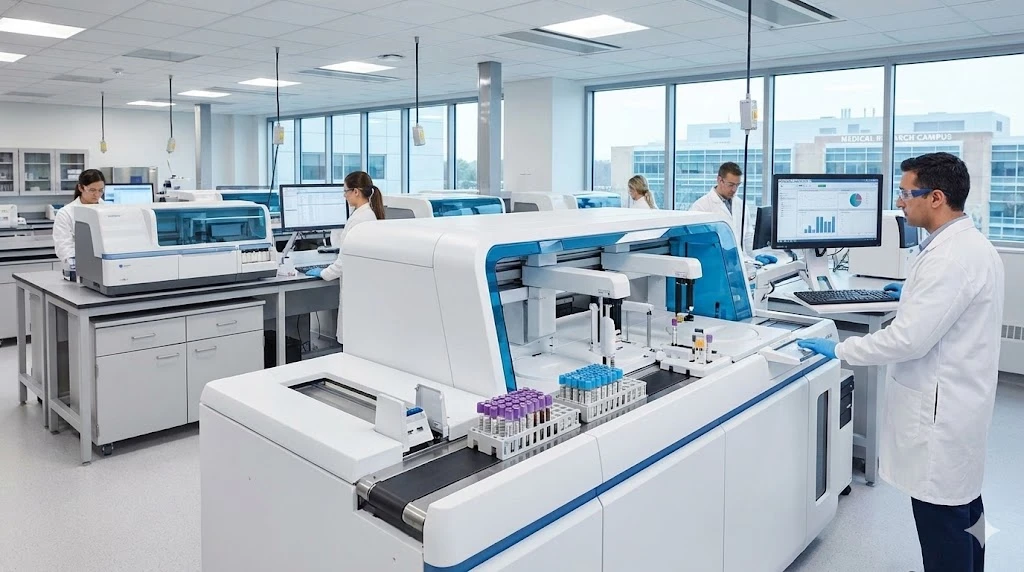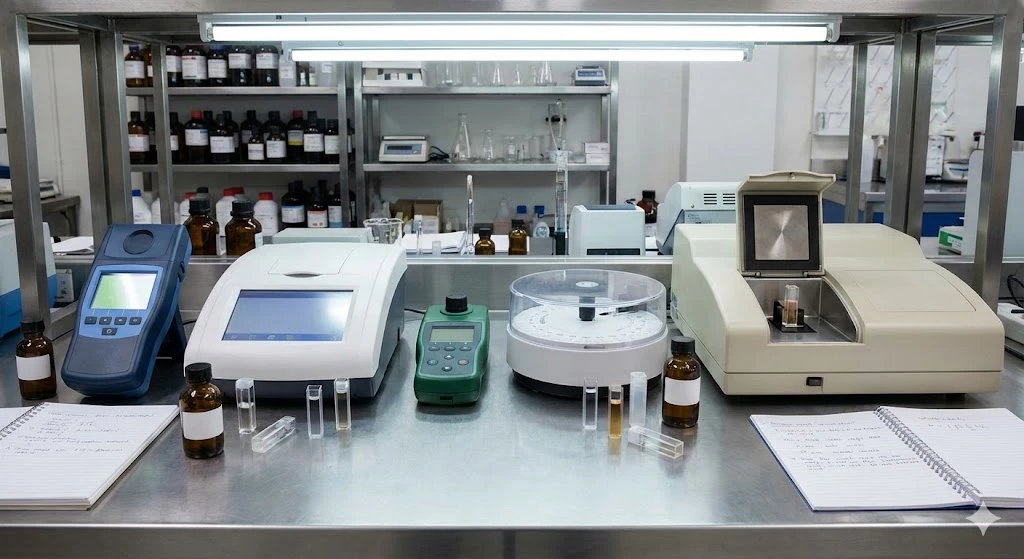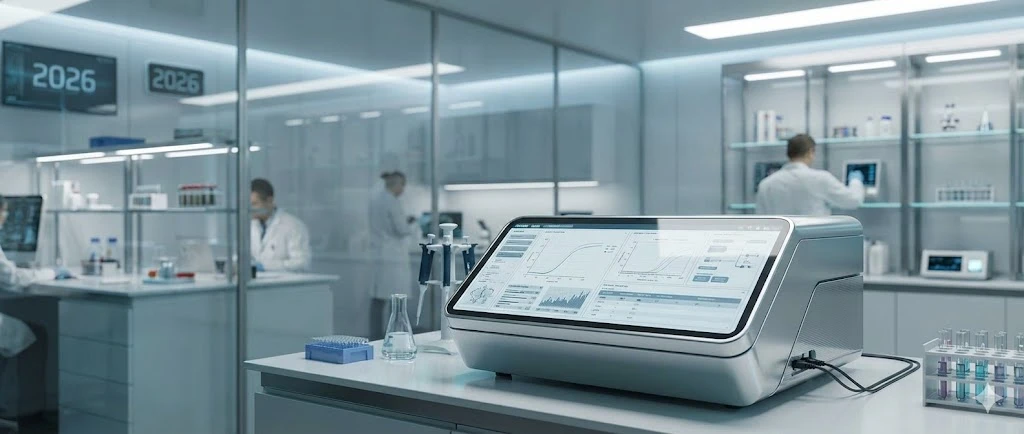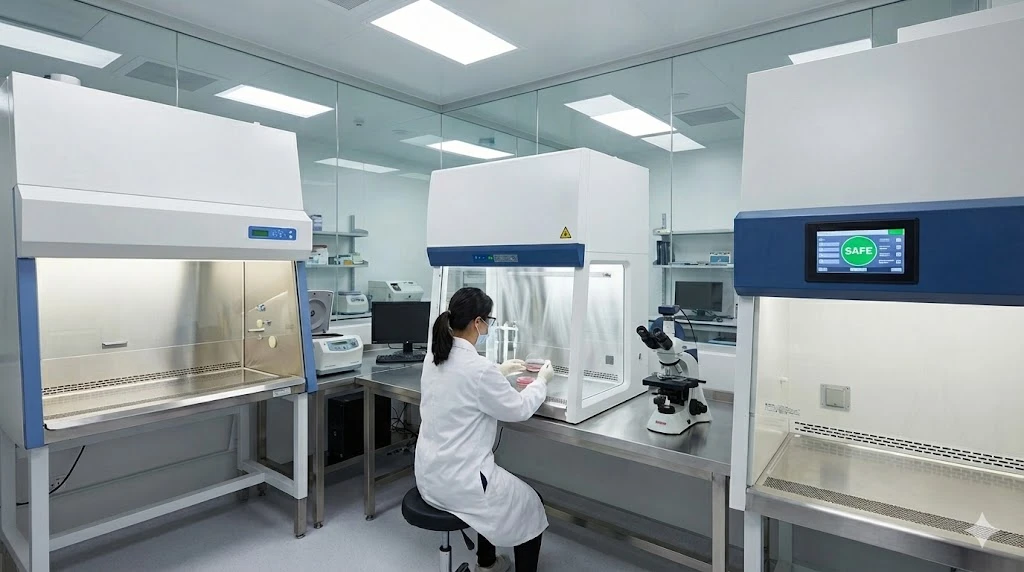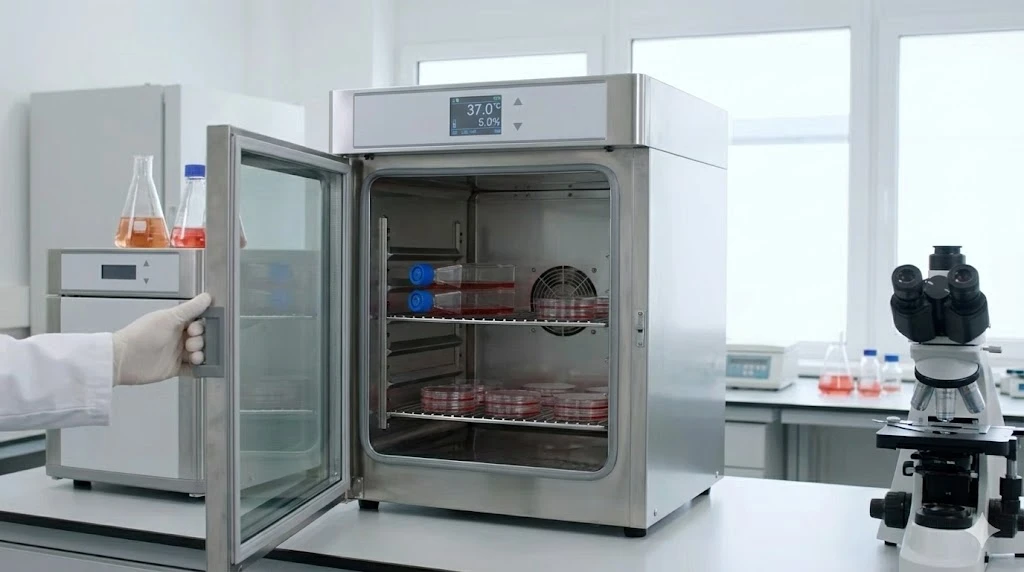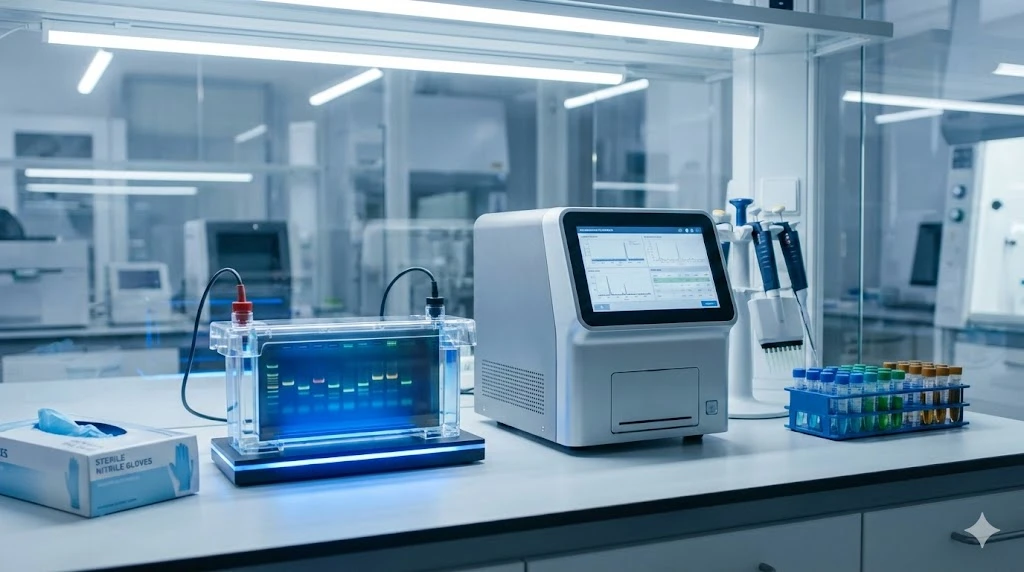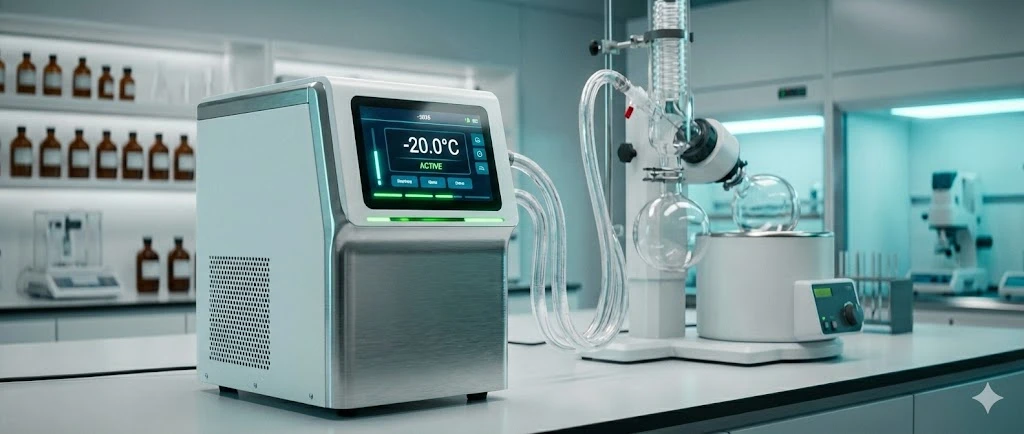The Best Mass Spectrometers of 2026: Top Picks for Research, Clinical & Industry Labs
Mass spectrometers serve as the backbone of modern analytical chemistry, providing the critical data necessary for proteomics, metabolomics, and clinical research. Laboratories seeking the best mass spectrometers of 2026 must navigate a landscape defined by rapid advancements in ionization technology and single-cell sensitivity. High-performance instruments now offer increased throughput and resolution, allowing facilities to process complex biological matrices with speed and accuracy. Selecting the right equipment requires a careful balance of sensitivity needs, laboratory floor space, and budget constraints. Best Overall: Thermo Scientific Orbitrap Astral — Delivers high proteomic depth and acquisition speed. Best for Sensitivity: SCIEX 7500+ System — Designed for quantitative precision in complex matrices. Best for Speed / Throughput: Bruker timsTOF Ultra 2 — Suitable for high-speed 4D-Proteomics and single-cell analysis. Most Versatile: Agilent 6495D Triple Quadrupole — A versatile system for diverse analytical workflows. Best Routine / Compact Option: Waters Xevo TQ-S cronos — Consistent performance in a space-saving design. Price Range
$900,000 – $1,200,000+ (Estimate) Best For
Best Overall / High-End Proteomics Key Specs Resolution: Up to 480,000 (FWHM, Orbitrap); 80,000 (Astral) Scan Speed: Up to 200 Hz in MS/MS Mass Range: 40 to 6,000 m/z (standard) Analyzer: StarCell quadrupole, Orbitrap, and Astral analyzers Performance & Applications
Released in mid-2023, the Orbitrap Astral continues to be a key instrument in 2026 for high-resolution mass spectrometry. This instrument combines the dynamic range of an Orbitrap with the rapid acquisition capabilities of the novel Astral analyzer. It enables extensive proteome coverage—identifying over 10,000 proteins in a single run—while maintaining throughput. Laboratories focused on large-scale precision medicine and translational research utilize the Astral to analyze thousands of samples per week. Its ability to process samples quickly lowers the cost-per-sample, making it a functional tool for high-volume omics facilities. Price Range
$550,000 – $750,000 (Estimate) Best For
Best for Sensitivity / Quantitation Key Specs MRM Speed: 800 MRM/sec Polarity Switching: 5 ms Detector: High-energy dynode with extended dynamic range New Features: Mass Guard technology and DJet+ assembly Performance & Applications
Updated in mid-2024, the SCIEX 7500+ updates the design of the standard 7500 model by enhancing resilience and serviceability. It targets complex quantitative workflows, such as low-level pesticide residue analysis or trace pharmaceutical quantification in plasma. The integration of Mass Guard technology actively filters contaminating ions, maintaining sensitivity for longer periods between cleaning cycles. This system is used in regulated bioanalysis environments where uptime and reproducibility are required. Researchers utilize the 7500+ for its ability to detect analytes at sub-femtogram levels in biological fluids. Price Range
$700,000 – $950,000 (Estimate) Best For
Best For Speed / Throughput Key Specs Ion Mobility: 4th Generation TIMS (Trapped Ion Mobility Spectrometry) Scan Speed: Up to 300 Hz PASEF Sensitivity: Single-cell level (down to 0.125 ng protein load) Source: CSI Ultra 2 (Captive Spray Ionization) Performance & Applications
Bruker launched the timsTOF Ultra 2 in June 2024, addressing requirements for single-cell proteomics and immunopeptidomics. This instrument utilizes Trapped Ion Mobility Spectrometry (TIMS) and Parallel Accumulation Serial Fragmentation (PASEF) to achieve high sequencing speeds. It is designed to identify thousands of protein groups from minute sample amounts, such as single cells or small tissue biopsies. Clinical research labs use the Ultra 2 to map cellular heterogeneity in cancer tumors. The system’s robustness allows for short gradients, enabling the analysis of hundreds of samples per day while maintaining identification depth. Price Range
$450,000 – $600,000 (Estimate) Best For
Most Versatile / Workhorse Key Specs Mass Range: 5 – 3,000 m/z MRM Dwell Time: 0.5 ms Resolution: 0.7 Da (Unit); down to 0.4 Da (Narrow) Technology: iFunnel for enhanced ion transmission Performance & Applications
The Agilent 6495D, released in mid-2023, updates the triple quadrupole platform with on-board intelligence designed to reduce downtime. It features "VacShield" technology, which allows users to maintain the ion injector capillary without venting the system, increasing operational uptime. This model serves as a versatile option for food safety, environmental testing, and forensic toxicology. Its sub-millisecond dwell times enable the simultaneous screening of hundreds of contaminants in a single injection. Laboratories utilize the 6495D for its reliability and the integration with Agilent’s MassHunter software, which supports method development for novice users. Price Range
$200,000 – $350,000 (Estimate) Best For
Best Routine / Compact Option Key Specs Footprint: Compact benchtop design Mass Range: 2 – 2,048 m/z Sensitivity: High sensitivity for mid-tier instruments Source: StepWave ion guide Performance & Applications
For laboratories that require reliable quantitation without the cost of a high-end research instrument, the Waters Xevo TQ-S cronos is a notable option. While not the newest release on this list, it remains a common choice for routine testing in 2026 due to its durability and small footprint. The system performs in high-throughput food and environmental compliance testing, where measuring known contaminants at regulatory limits is the primary goal. Its StepWave ion guide effectively removes neutrals, keeping the instrument cleaner for longer periods. This model is frequently deployed in contract testing labs requiring a durable machine for continuous operation. Model Best For Key Features Typical Price Range Thermo Scientific Orbitrap Astral Best Overall Astral analyzer, 200 Hz MS/MS, Deep proteome coverage $900k – $1.2M+ SCIEX 7500+ System Sensitivity Mass Guard, DJet+ assembly, 800 MRM/sec $550k – $750k Bruker timsTOF Ultra 2 Speed / Throughput TIMS/PASEF technology, Single-cell sensitivity $700k – $950k Agilent 6495D LC/TQ Versatility VacShield maintenance, iFunnel optics, On-board intelligence $450k – $600k Waters Xevo TQ-S cronos Routine / Budget Compact size, StepWave ion guide, Robust uptime $200k – $350k Selecting the best mass spectrometers of 2026 involves evaluating specific analytical goals against budget and infrastructure. The Thermo Scientific Orbitrap Astral addresses high-end discovery workflows with high depth, while the SCIEX 7500+ and Bruker timsTOF Ultra 2 offer specialized capabilities for quantitation and single-cell analysis, respectively. For facilities focused on routine compliance and broad application, the Agilent 6495D and Waters Xevo TQ-S cronos provide reliable, cost-effective solutions. Investing in these advanced systems ensures laboratories remain competitive in an era of data-driven science. This article was created with the assistance of Generative AI and has undergone editorial review before publishing.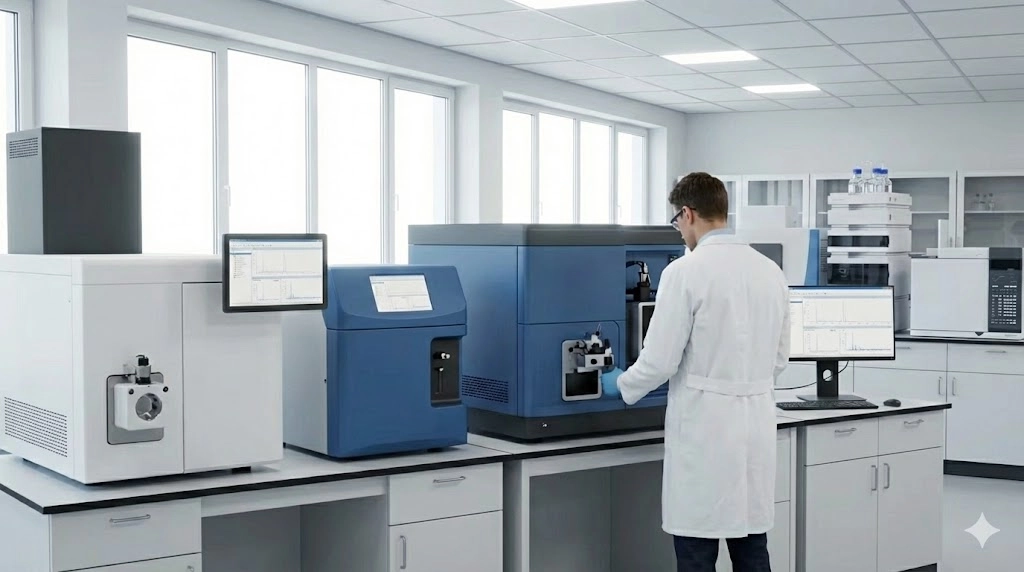
Quick Summary: Top Picks for 2026
Thermo Scientific Orbitrap Astral – Thermo Fisher Scientific
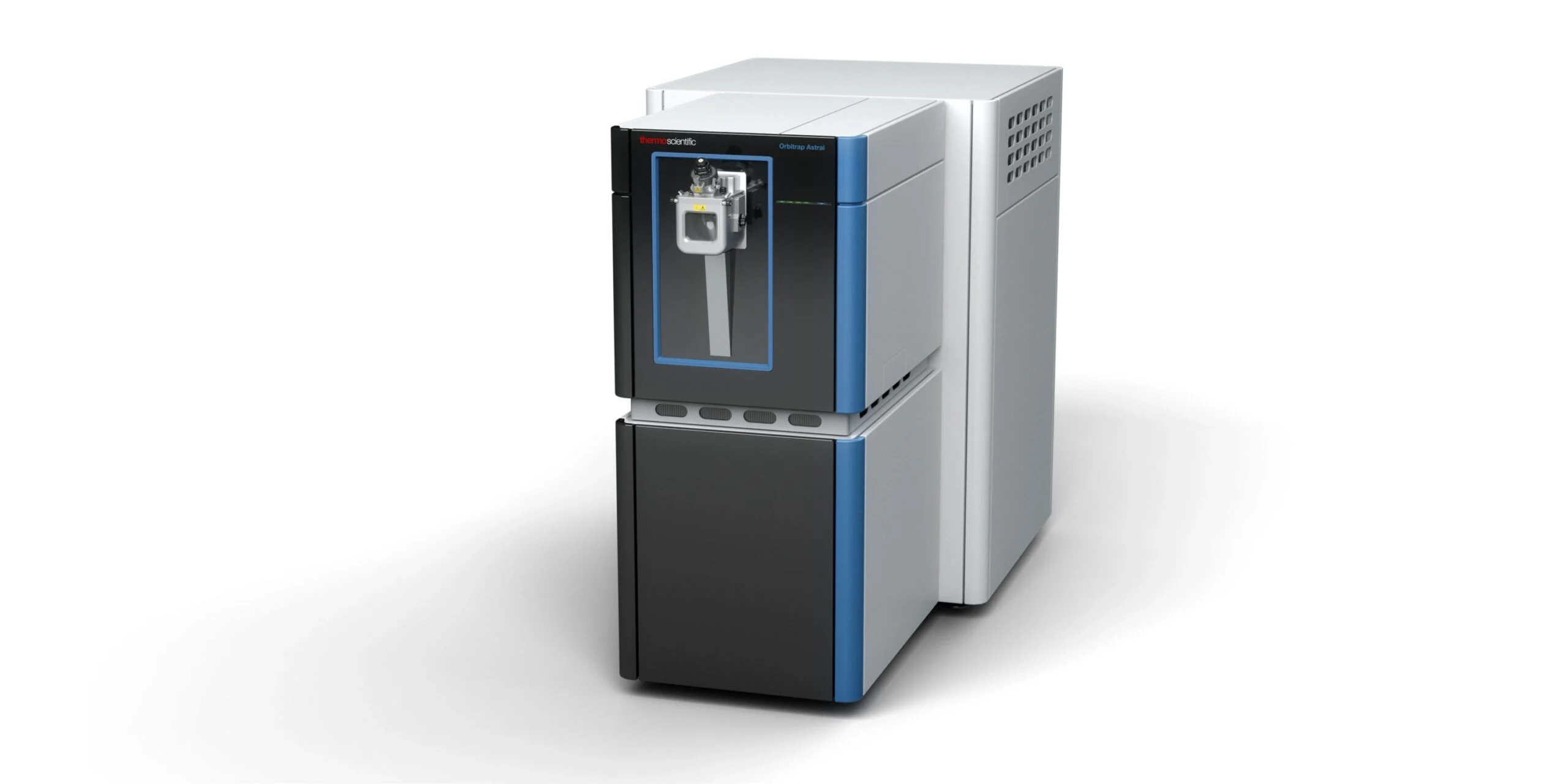
SCIEX 7500+ System – SCIEX
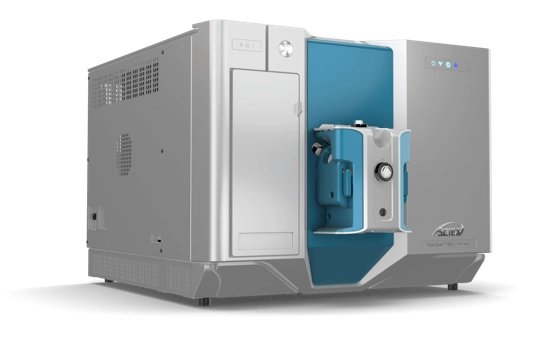
Bruker timsTOF Ultra 2 – Bruker
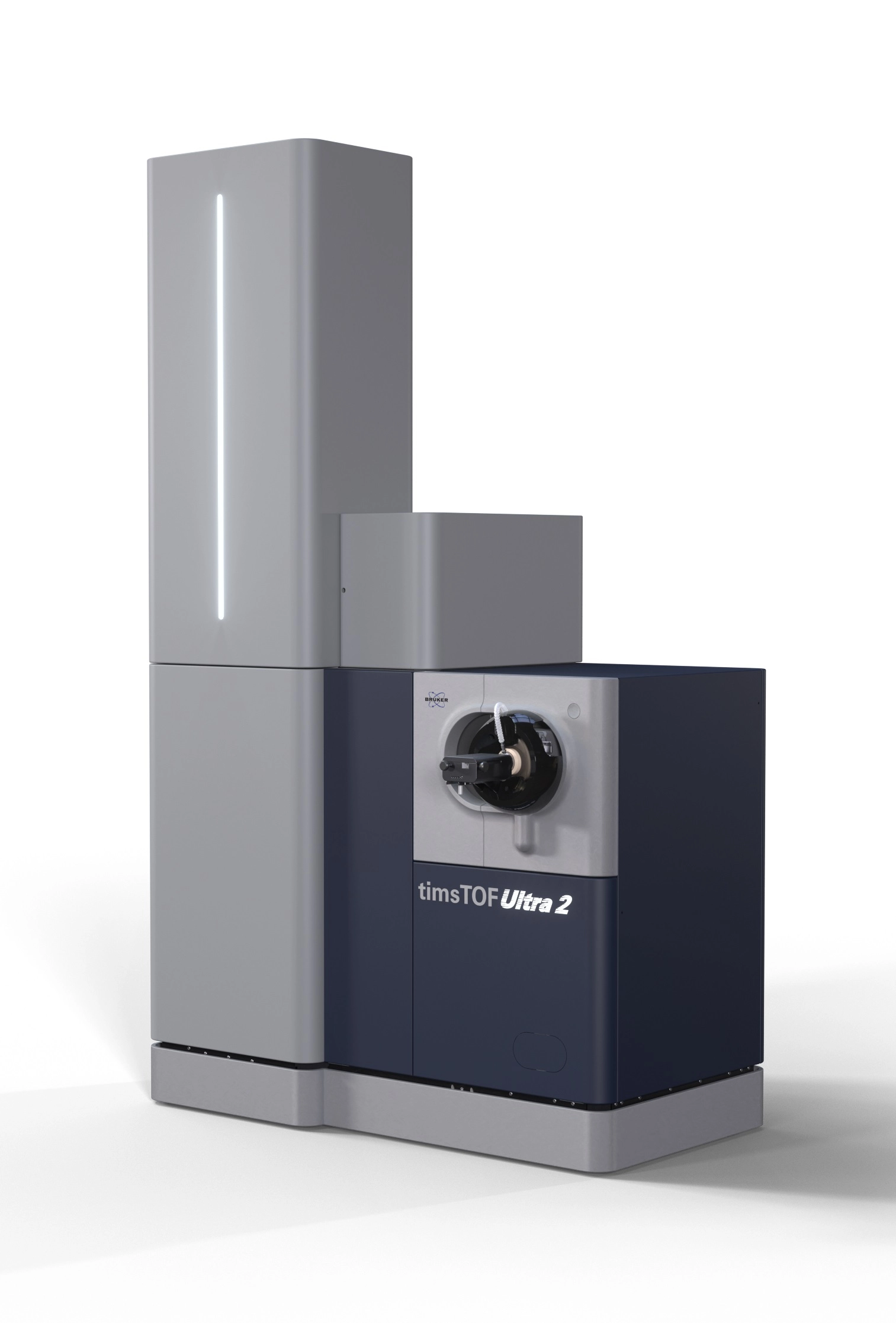
Agilent 6495D Triple Quadrupole – Agilent Technologies

Waters Xevo TQ-S cronos – Waters Corporation
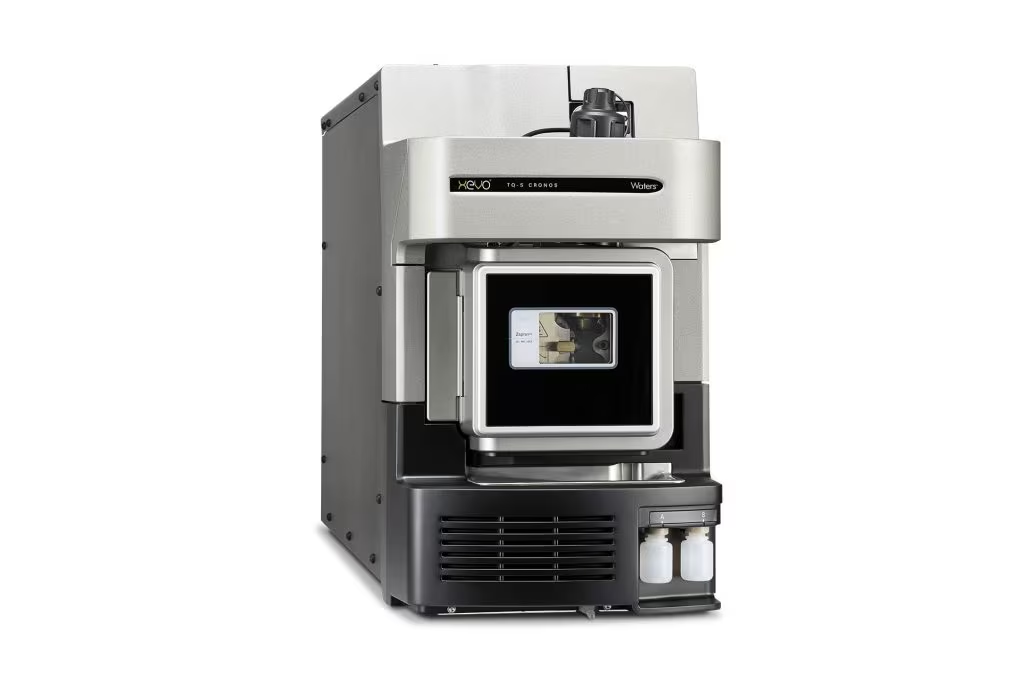
Comparison of Top Mass Spectrometers
Conclusion: Choosing the Best Mass Spectrometer of 2026

